Ctenanthe is a fascinating genus of tropical plants known for its stunning foliage and rhythmic leaf movements. Often mistaken for Calathea or Maranta, these beauties belong to the Marantaceae family, displaying intricate patterns and velvety textures. Whether you’re a seasoned plant lover or just discovering their charm, this guide will walk you through everything you need to know—from identifying species to mastering care and propagation.

Meet the Ctenanthe Family: 15 Stunning Varieties
Each Ctenanthe species has its own personality, with variations in leaf shape, coloration, and growth habits. Let’s explore all 15 species:
1. Ctenanthe burle-marxii (Fishbone Prayer Plant)
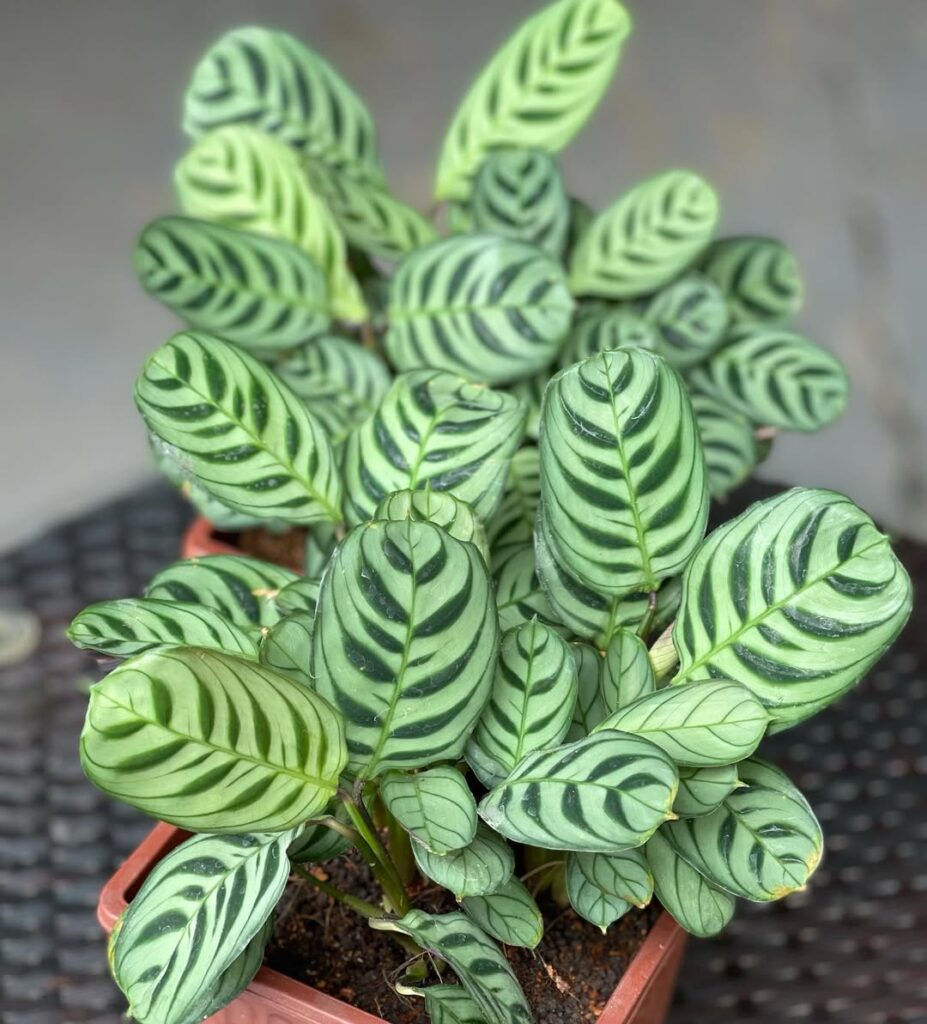
Recognized for its silver-green leaves with deep green feather-like patterns, this species thrives in low-light conditions. It’s a compact grower, making it perfect for small spaces.
2. Ctenanthe setosa (‘Grey Star’)
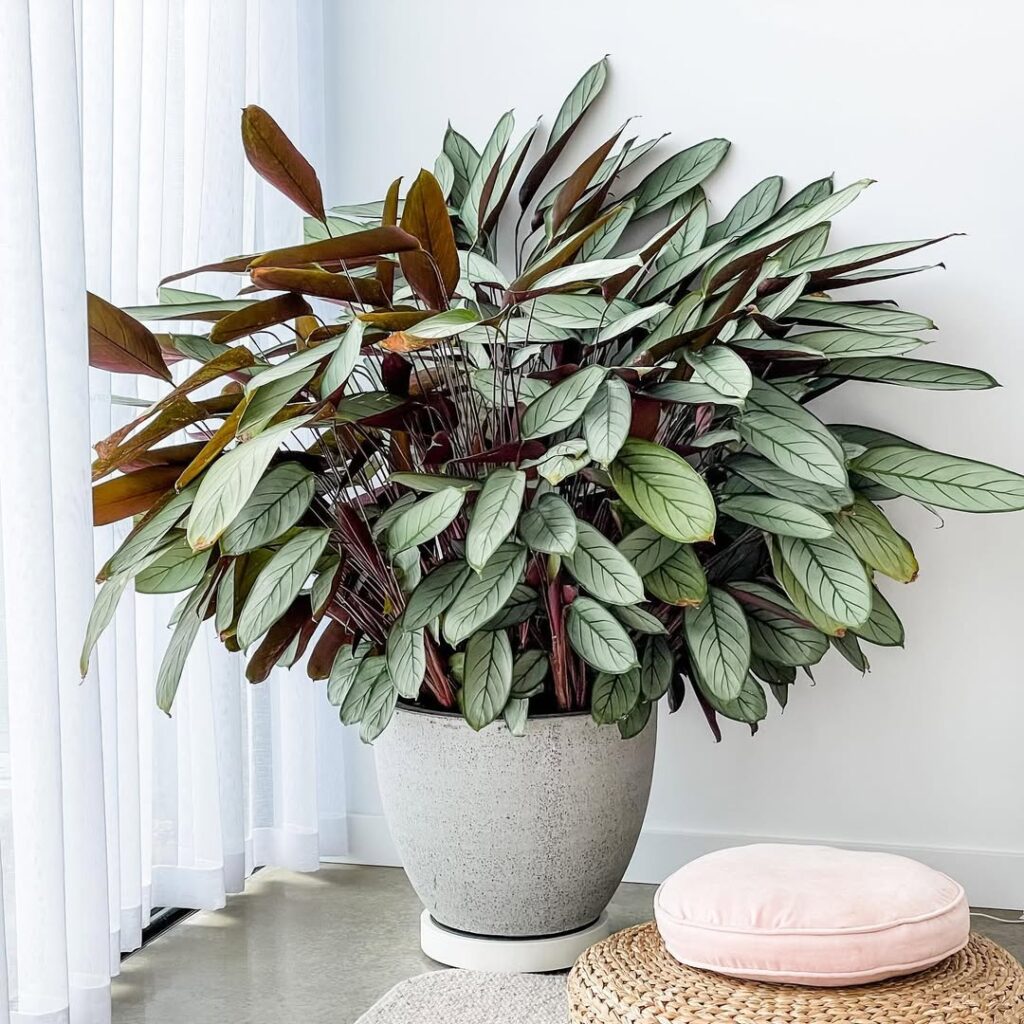
With long, silver-grey leaves and a soft matte texture, ‘Grey Star’ is elegant and understated. It’s a great choice for minimalistic plant arrangements.
3. Ctenanthe oppenheimiana (Never-Never Plant)
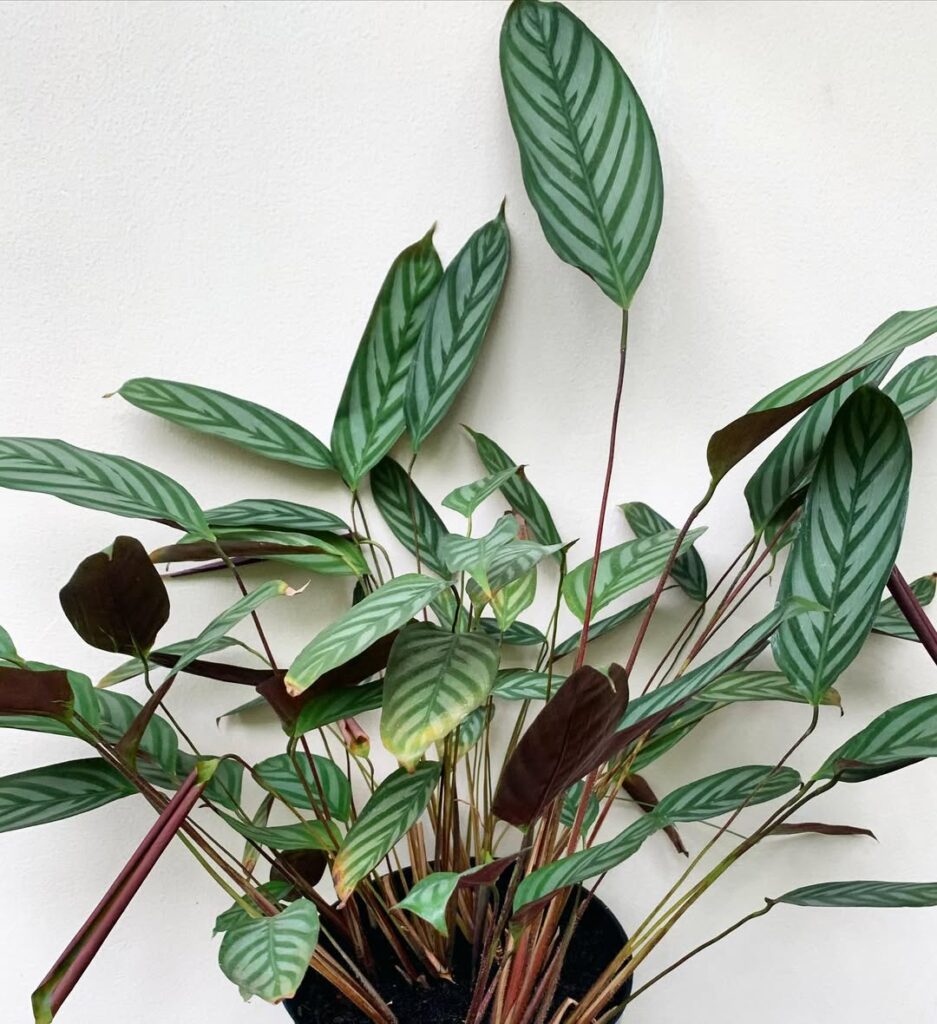
Bold and beautiful, this species has broad, elongated leaves splashed with light and dark green tones. It adds a tropical touch to any indoor garden.
4. Ctenanthe amabilis (Pleasant Prayer Plant)

A low-growing variety with soft, delicate stripes. This species is less common but highly sought after for its gentle appearance.
5. Ctenanthe lubbersiana (‘Bamburanta’)
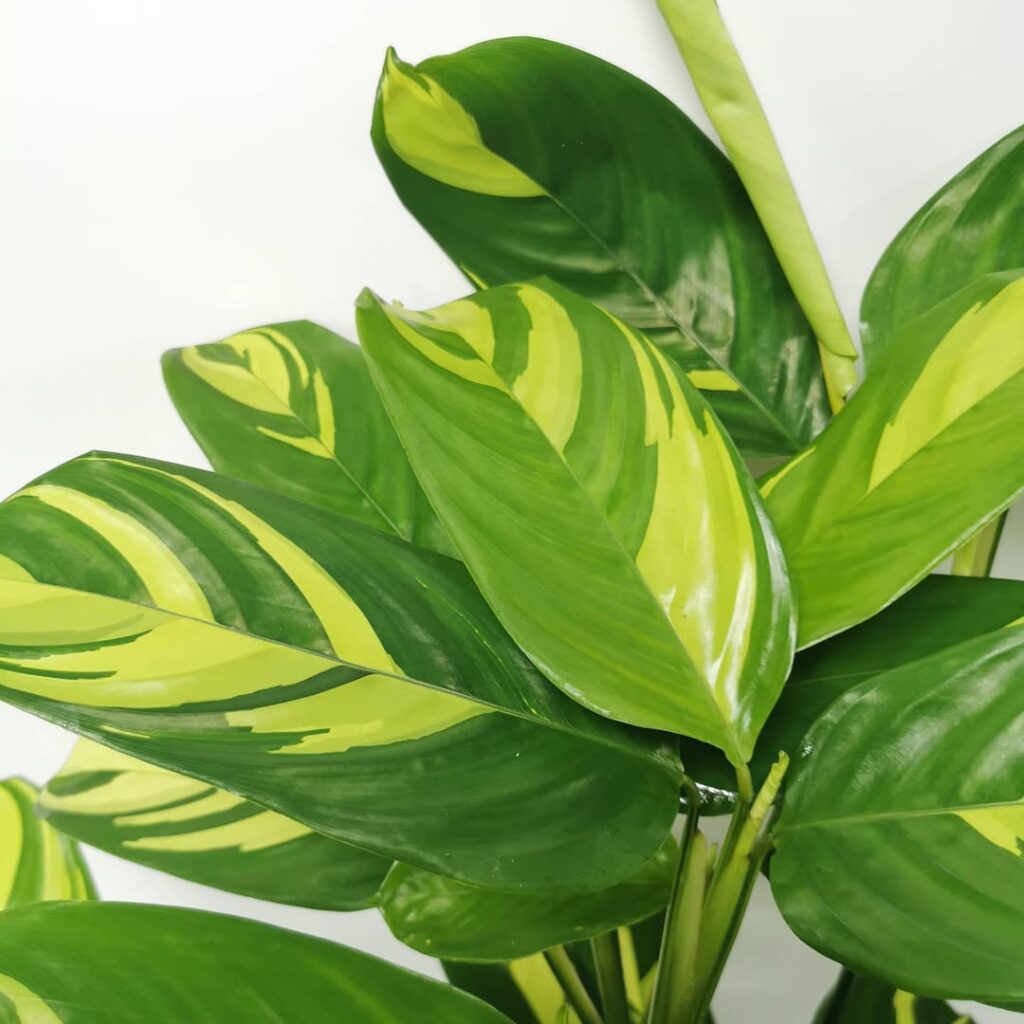
Unlike most Ctenanthe, this variety has yellow-splashed leaves, creating a lively contrast against its green base.
6. Ctenanthe pilosa
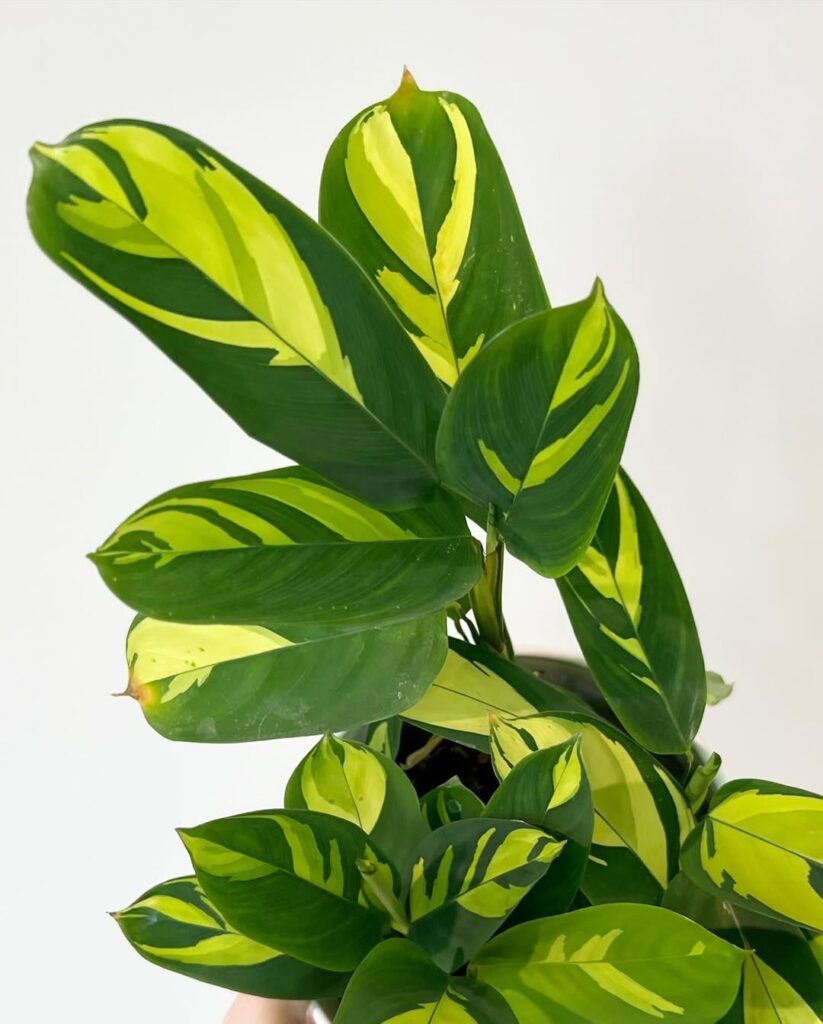
A rare find with narrow foliage and fine veins. This plant isn’t as widely cultivated, making it a collector’s gem.
7. Ctenanthe compressa

With deep green, slightly glossy leaves, this species has a compact and bushy growth habit, perfect for tabletops.
8. Ctenanthe marantifolia
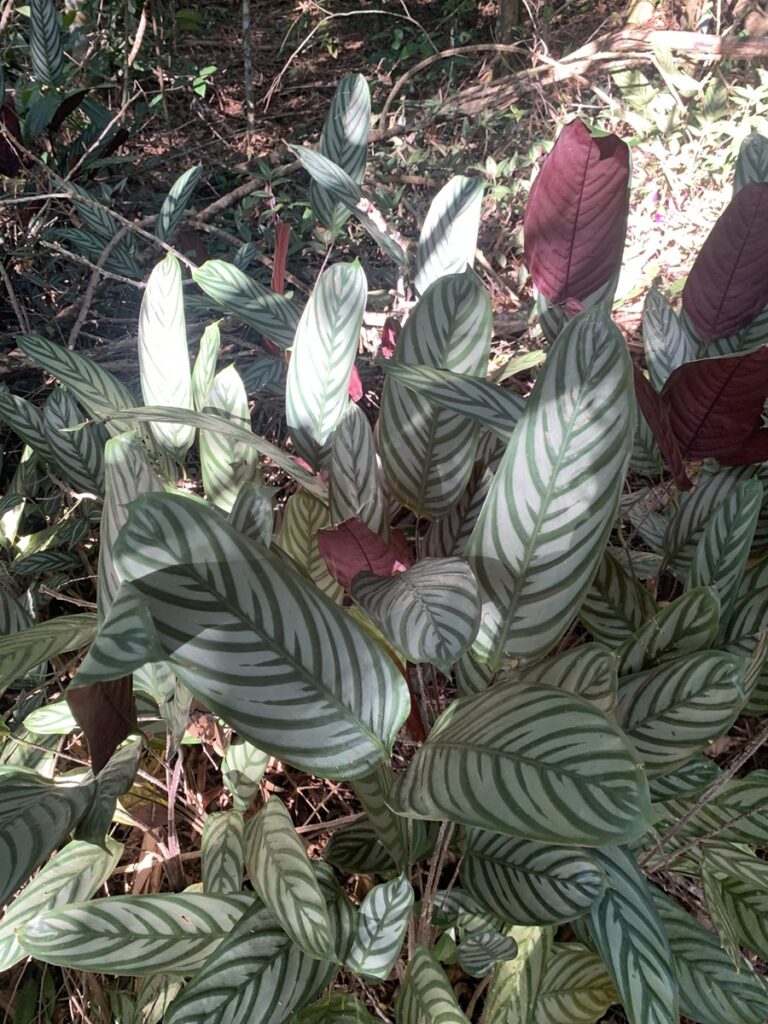
This plant resembles Maranta species, showcasing delicate leaf movements that follow light cycles.
9. Ctenanthe oppenheimiana ‘Tricolor’
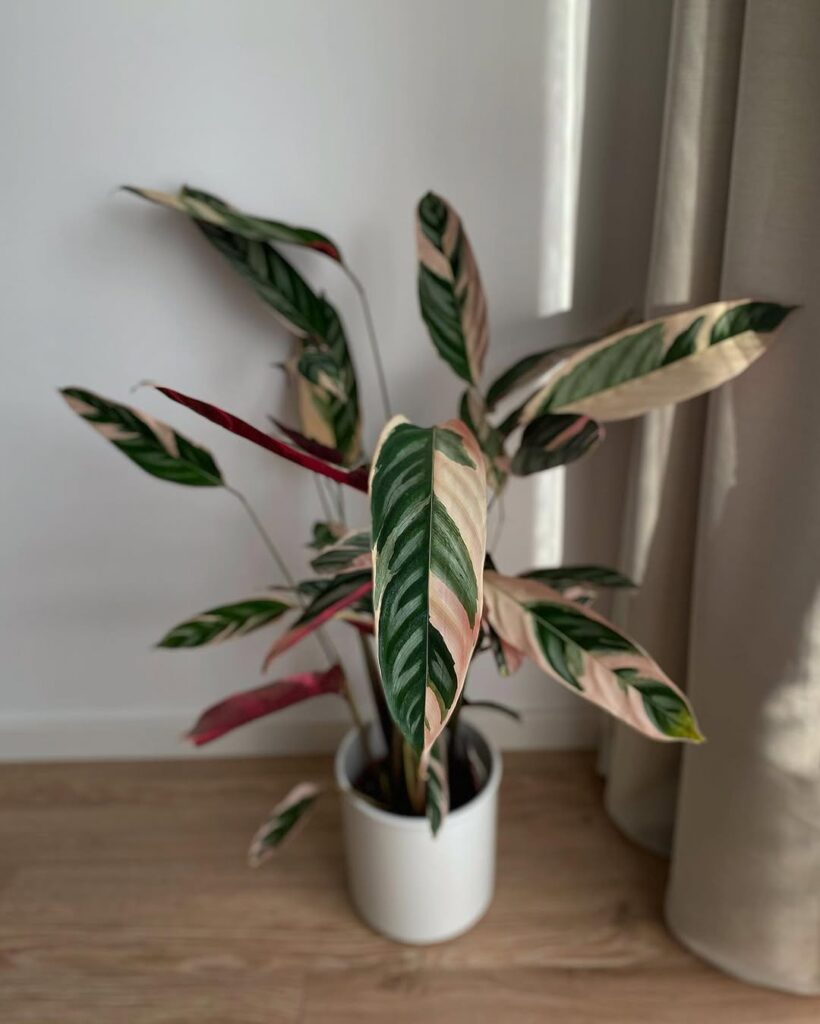
True to its name, it boasts green, cream, and pink hues, creating a stunning display.
Ctenanthe Care Guide: Keeping Your Plants Thriving
Although Ctenanthe can be finicky at times, following proper care routines will keep them healthy and vibrant.
Light
- Prefers bright, indirect light.
- Can tolerate lower-light conditions but may lose vibrancy.
- Avoid direct sunlight, as it can scorch delicate leaves.
Watering
- Keep soil consistently moist, but never soggy.
- Water with filtered or rainwater to prevent leaf browning.
- Reduce watering in colder months.
Humidity
- Needs high humidity levels (above 50%).
- Use a humidifier or pebble tray if indoor air is too dry.
- Mist lightly, but avoid excessive wetting.
Temperature
- Thrives in warm temperatures (65-80°F / 18-27°C).
- Avoid cold drafts and sudden temperature changes.
Soil
- Use a well-draining mix with peat, perlite, and organic matter.
- Aim for slightly acidic to neutral pH (5.5-7.0).
Fertilization
- Feed with a diluted liquid fertilizer once a month during spring and summer.
- Skip feeding in winter.
Common Issues
- Brown leaf tips → Caused by low humidity or mineral-heavy water.
- Drooping leaves → Sign of underwatering or temperature stress.
- Yellowing leaves → May indicate overwatering or lack of nutrients.
Propagation Guide: Growing New Plants
If you want more Ctenanthe in your collection, propagation is a great way to expand!
Method 1: Division (Best Approach)
Since Ctenanthe grows in clumps, the easiest method is dividing a mature plant.
- Remove the plant from its pot and gently separate the root ball into sections.
- Ensure each section has healthy roots and stems.
- Repot in moist, well-draining soil.
- Keep in a warm, humid environment until new growth appears.
Method 2: Stem Cuttings (Less Reliable)
Unlike Philodendron or Pothos, Ctenanthe doesn’t root easily from cuttings. However, you can try:
- Cut a healthy stem with at least one node.
- Place in water or moist soil.
- Keep in high humidity to encourage rooting.
- Wait several weeks for root development.
Final Thoughts
Ctenanthe plants are breathtaking additions to any plant lover’s collection, offering diverse species, unique textures, and stunning patterns. With the right care and propagation techniques, they can thrive indoors for years.
If you’re new to Ctenanthe, start with an easy-to-care-for species like Ctenanthe burle-marxii or Grey Star. These plants aren’t just beautiful—they’re living artworks that respond to their environment.
Are you growing Ctenanthe? Share your experiences! Which variety is your favorite?
